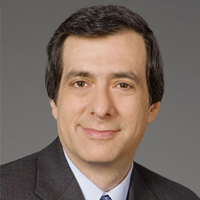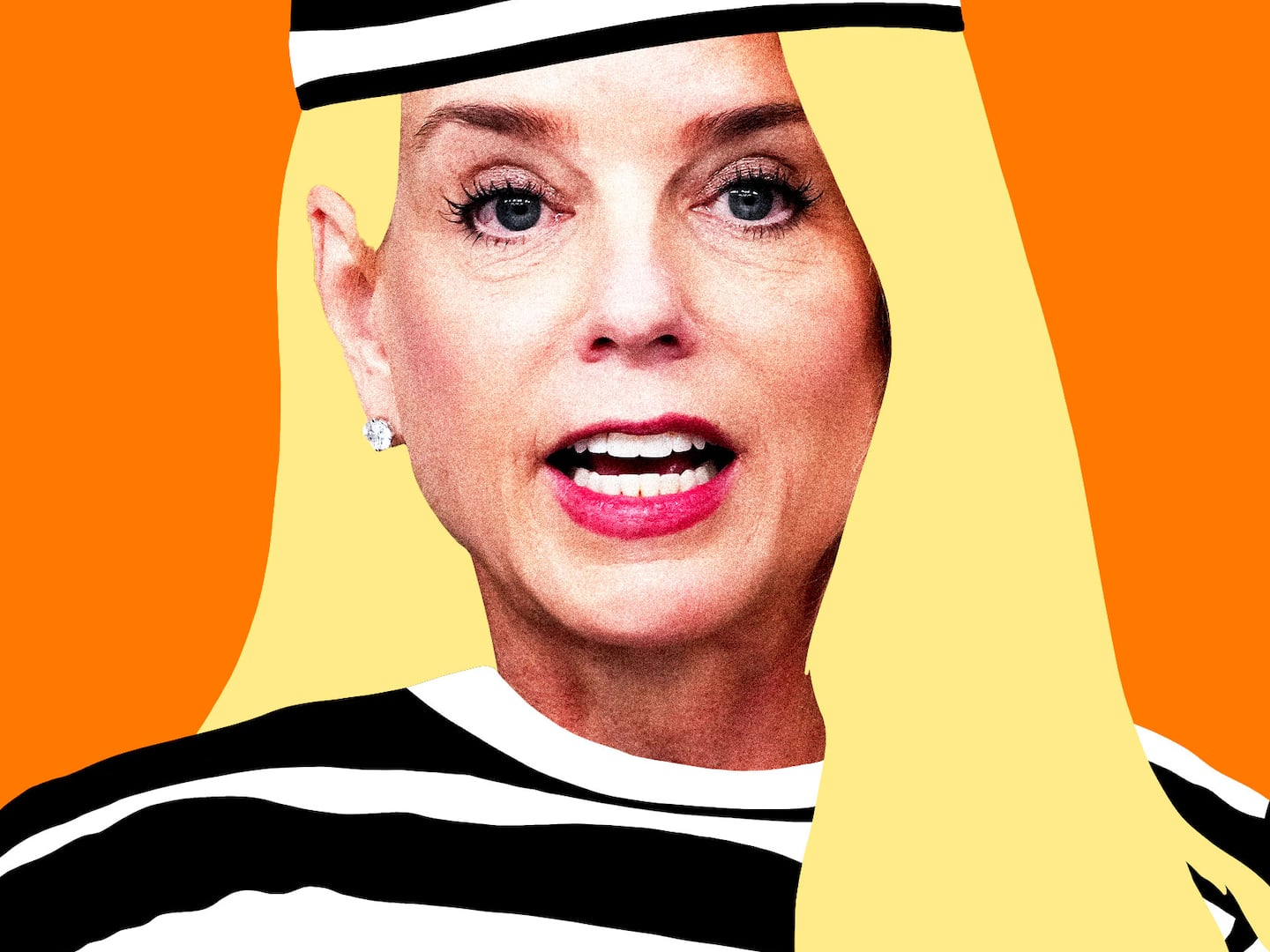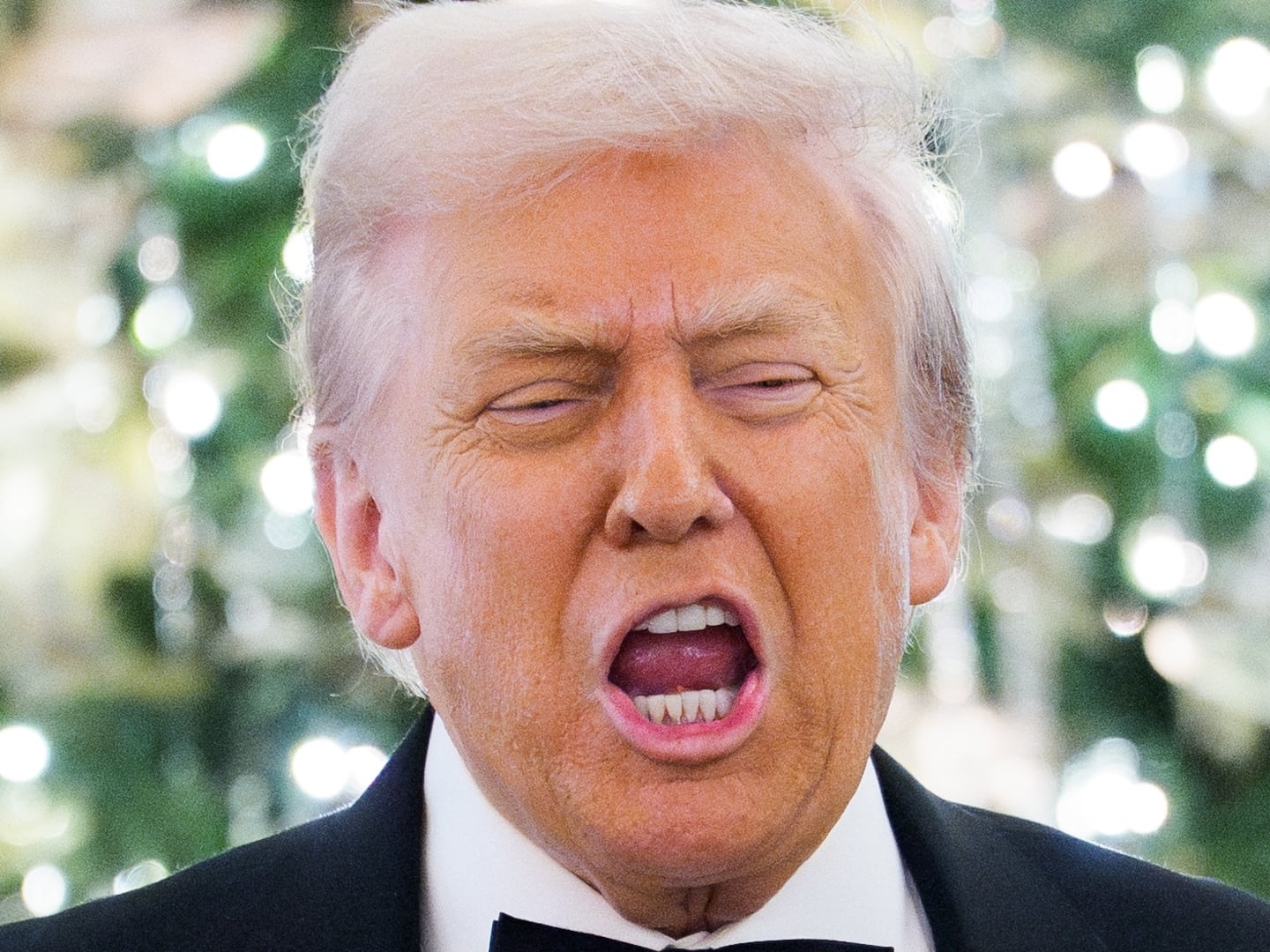It must have seemed the safest of forums, a Facebook town hall in which Vice President Joe Biden would field questions about gun safety.

After all, what elected official wouldn’t rather talk to actual voters than pesky reporters? And the White House is increasingly using technology to connect with the masses, pointedly bypassing the mainstream media in the process.
Turns out Biden came out with both barrels. At Tuesday’s Facebook event, sponsored by Parents magazine, a reader named Kate Earnest posed this loaded question: “Do you believe that banning certain weapons and high-capacity magazines will mean that law-abiding citizens will then become more of a target to criminals, as we will have no way to sufficiently protect ourselves?”
Biden laughed, saying he had never heard anyone at Parents magazine “ask these kinds of questions,” and suggested she get a shotgun. The veep said he had told his wife, “Jill, if there's ever a problem, just walk out on the balcony here ... walk out and put that double-barrel shotgun and fire two blasts outside the house…. You don't need an AR-15 — it's harder to aim, it's harder to use, and in fact you don't need 30 rounds to protect yourself.”
The aggressive response quickly went viral. Not since Dick Cheney accidentally drilled a fellow hunter has there been so much focus on a vice president and a shotgun.
“These social-media outlets are the source of news for a large number of Americans,” White House spokesman Josh Earnest tells me. “This gives the president and vice president a unique opportunity to have a two-way conversation with them, and gives Americans an opportunity to offer some feedback.
“Despite what you might hear from frustrated journalists,” he adds, “we don’t view this as a substitute for talking with them or holding news conferences.”
Substitute or not, social media is not always a friendly neighborhood.
The conventional wisdom is that politicians have a far easier time finessing queries from ordinary folks, and most of the time, that’s right. Those people tend to ask vague, open-ended questions that boil down to what are you going to do for me about such and such? Unlike journalists, they aren’t familiar with the pol’s past statements and whether he’s contradicting himself or airbrushing history.
But sometimes they ask pointed questions that journalists wouldn’t or couldn’t ask—and it’s tougher to blow them off.
President Obama ran into this phenomenon last week when he did a Google Hangout, an online video chat that multiple people can join simultaneously.
A stay-at-home California mom named Kira Davis was a smiling visage with a dead-serious question.
“You ran on a platform of really trying to become one of the most transparent administrations in American history. However, with recent leaked guidelines regarding drone strikes on American citizens and Benghazi and closed-door hearings on the budget and deficit, it just feels a lot less transparent than I think we all hoped it would be. How has the reality of the presidency changed that promise? And what can we do moving forward to kind of get back to that promise?”
As The Atlantic has noted, that was a tougher question that anything Steve Kroft threw at the president or Hillary Clinton when they sat down for 60 Minutes.
In response, Obama contended—not very persuasively—that “this is the most transparent administration in history.”
A few uncomfortable moments hardly undercuts the digital strategy. Obama has answered questions posted on Reddit, offered 140-character responses to people on Twitter, and had his campaign post behind-the-scenes pictures on Instagram. Next thing you know he’ll be on Snapchat and Vine.
Is this a substitute for dealing with working reporters? Not in my view, but then, I’m a card-carrying journalist. The truth is that every administration searches for new ways to drive its message without the media filter.
The administration’s intensified use of technology comes against the backdrop of a debate over press access that got kicked off, strangely enough, with Tiger Woods.
The White House Correspondents Association lodged a complaint after its reporters had no access during Obama’s golfing weekend in Florida, including his time on the links with Tiger Woods—with the administration refusing to release a photo of the president and the serial adulterer.
Now I understand the frustration of beat reporters who fly around the world with the president, at great expense to their news organizations, and rarely get near the guy. But I don’t think that Tiger provided the opportune moment to take that stand. Obama did have a 10-minute off-the-record chat on the trip back with pool reporters on Air Force One, prompting criticism that they were willing to chew the fat with nothing to show for it.
Politico followed up with a piece about “an arguably dangerous development”—that is, the way the White House has “cleverly and ruthlessly” exploited digital media while stiffing the press corps. “Many reporters find Obama himself strangely fearful of talking with them and often aloof and cocky when he does,” the story said.
The president gives plenty of interviews, as Politico noted—674 compared with 217 for George W. Bush in their first terms. But Obama tends to talk to network big shots, local anchors, and such places as ESPN, The Daily Show, and The View. He is not talking to The New York Times, The Washington Post, Los Angeles Times, The Wall Street Journal, or even his hometown Chicago papers.
Earnest counters that Obama gave more print interviews in his first term (119), than Bush (103) or Bill Clinton (34). But many of Obama’s sitdowns were with local papers or the likes of Entertainment Weekly.
On Wednesday, to sell his argument that Republicans should avoid the automatic budget cuts set to take effect at month’s end, Obama granted interviews to eight local TV stations.
Clearly, the president is avoiding the national reporters who are most knowledgeable about his record and most likely to pin him down on policy (but who also are known for asking strategy and inside-the-Beltway questions). But this is hardly new. When Clinton began appearing on Larry King and MTV, I was among those pointing out that he was circumventing the media establishment. The complaints by reporters about being ignored, especially in the wake of the Tiger Woods kerfuffle, can sound a bit whiny.
“We do not routinely do a photo op on the golf course,” Earnest says.
He maintains that Obama “has an obligation to engage with the professional journalists who devote a significant portion of their waking hours covering this presidency,” but also “taking questions from the people most affected by his policies.”
That means the president will keep hanging and chatting and tweeting through technology that simply didn’t exist for his predecessors, while the press corps feels sidelined. But as digital natives increasingly take the place of journalists, chances are they’ll find ways to trip him up.






